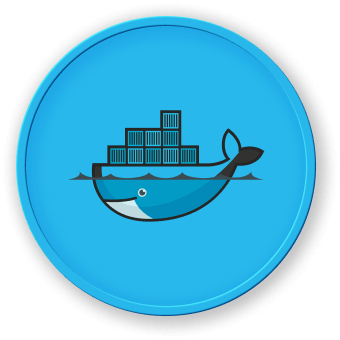Removing Multiple Docker Containers
Removing Docker containers is a common task when managing your containerized applications. LabEx provides several methods to remove multiple Docker containers at once, which can save you time and effort.
Removing Containers by ID
To remove multiple Docker containers by their IDs, you can use the docker rm command with the -f flag to force the removal of running containers:
docker rm -f container_id1 container_id2 container_id3
This will remove the specified containers, even if they are currently running.
Removing Containers by Name
You can also remove multiple Docker containers by their names using the docker rm command:
docker rm -f container_name1 container_name2 container_name3
This will remove the containers with the specified names, even if they are currently running.
Removing Containers by Label
If you have labeled your Docker containers, you can remove multiple containers by their labels using the docker rm command with the --filter option:
docker rm -f $(docker ps -a --filter "label=my_label=value" -q)
This will remove all containers that have the label my_label=value.
Removing All Stopped Containers
To remove all stopped Docker containers, you can use the following command:
docker container prune
This will remove all stopped containers, freeing up disk space on your host system.
By understanding these different methods for removing multiple Docker containers, you can effectively manage your containerized applications and keep your Docker environment clean and efficient.




